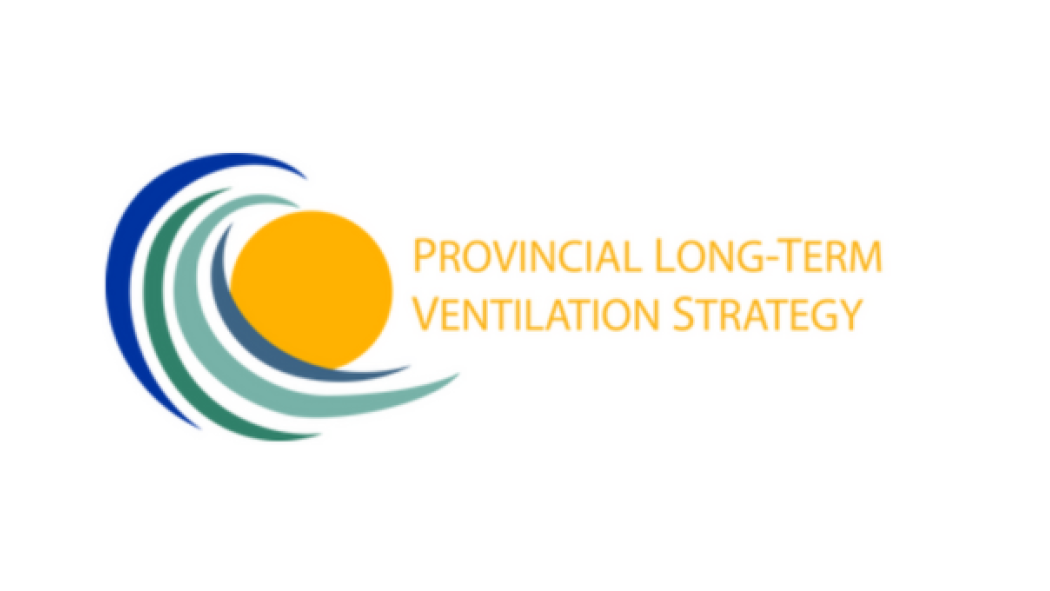
October 1, 2024
London Health Sciences Centre (LHSC) is pleased to be one of three provincial lead hubs for the Provincial Long-Term Ventilation Strategy (LTV). Through permanent funding from the Ministry of Health, LHSC and other lead hubs, The Ottawa Hospital and Michael Garron Hospital, will work together with strategy oversight from University Health Network to further improve the quality of life for patients who require ventilation, while effectively reducing pressure on intensive care units (ICUs).
Work under the LTV strategy will aim to benefit many patients, including those who have been diagnosed with other complex medical conditions requiring long term ventilation, or those at risk, who will now be able to receive the specialized care they need in an environment outside of the ICU and closer to home. This in turn will allow for:
- ICU beds to be available for those who need them the most,
- Improved quality of life for patients requiring long-term ventilation by allowing these individuals to receive specialized care closer to home,
- Reductions in unnecessary emergency department visits,
- Improved coordination of long-term vent expertise across the province, making this model of care available for all Ontarians' closer to where they live, and;
- Better coordination of existing resources within the broader provincial system to support enhanced patient care.
“Delivering care closer to home without compromising on quality and safety is always a priority and is something we consider as our teams look to make care decisions that are in the best interests of our patients,” says Ines De Campos, Director, Critical Care at LHSC. “To be an important part of advancing the Provincial Long-Term Ventilation Strategy allows us to not only better serve the patients we are caring for today, but to also make an important difference for future patients and families across Ontario. We are grateful to have been selected as one of the provincial lead hubs.”
This permanent funding builds on earlier pilot work that was introduced during the pandemic and marks a major advance in provincial efforts to enhance patient flow out of intensive care units, decrease unnecessary hospitalizations, and improve the quality of life for patients and families with long-term ventilation needs across Ontario.
Ongoing goals of this phase of the LTV strategy include:
- Advancing the standardized model of LTV care to include medically complex non-invasively, ventilated individuals (VAI),
- Creating a specialized LTV learning curriculum for health-care professionals,
- Developing an early warning ventilator e-monitoring system, and;
- Enhancing primary care support for VAI.
“Our vision within Critical Care/ICU at LHSC for the past decade has been to support an integrated and responsive system of interprofessional care,” says De Campos. “We have been working to develop a system with defined roles and processes that extend outside the walls of our intensive care units and hospital, with timely identification and transition of patients back to their communities and homes, while ensuring continued access to quality ventilator-associated care. As one of the provincial lead hubs for the LTV strategy, we are excited to advance and expand upon our vision.”
As we work toward achieving the goal of the LTV strategy, LHSC will continue to encourage the active participation and engagement of all stakeholders. We will also have the support of the Provincial LTV Secretariat who supports the development and implementation of the strategy’s goals and objectives, and additional guidance from the Provincial Strategy Advisory Committee comprised of leaders from hub hospitals.
More information about the Ontario’s Provincial Long-Term Ventilation Strategy is available online.